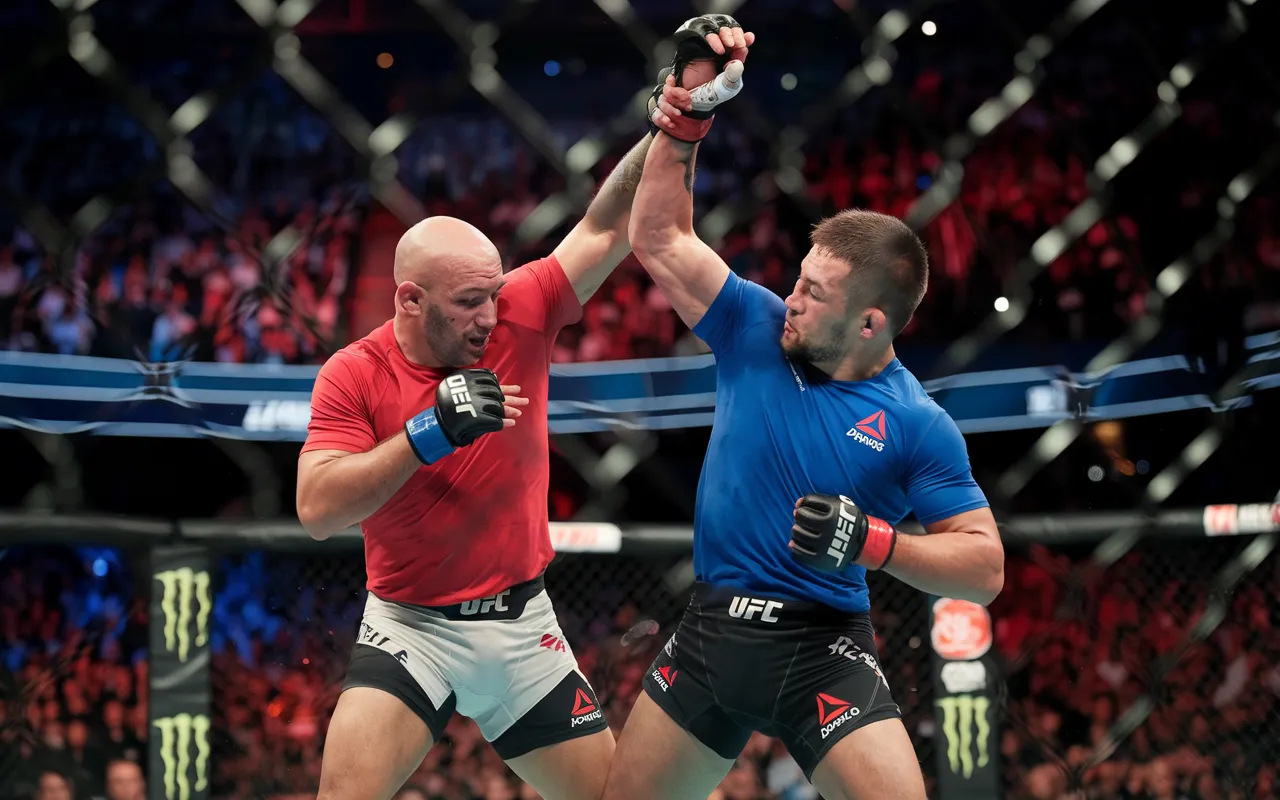
The Evolution of UFC : A Journey from Niche to Mainstream
The Ultimate Fighting Championship ( UFC ) has transformed from a corner play into a global phenomenon, captivating millions of fans worldwide. This development is a testament to the sport ‘s adaptability, strategic leadership, and the relentless sprightliness of its fighters. Let ‘s dig into the account and development of UFC, exploring how it became a cornerstone of mixed soldierlike art ( MMA ).
Humble Source
UFC was founded in 1993, initially perceived as a brutal and unregulated fun. The early events be more akin to underground fights, with minimal rules and no weighting classes. This raw and unfiltered approach attracted a niche audience but besides drew criticism and legal challenges.
Key Milestones in UFC ‘s Growth
The turning point for UFC came with the introduction of weighting classes and stricter regularisation, which helped decriminalize the sport. The appointment of Dana White as president in 2001 marked a new era. Under his leadership, UFC encompass pay-per-view events, significantly boosting its receipts and visibility. The acquisition by Zuffa LLC in 2001 was another pivotal moment. This move fetch in much-needed investment and strategic instruction, allowing UFC to expand its reach and professionalise its operations. The introduction of ‘The Ultimate Fighter ‘ world TV series in 2005 further propelled UFC into the mainstream, showcasing the dedication and training of fighters to a broader audience…
Influential Figures and Iconic Fights
Various fighters deliver played crucial roles in generalize UFC. Icons like Anderson Silva, Georges St-Pierre, and Ronda Rousey have not only dominated the octagon but also become cultural fig. Their fights have drawn record-breaking audiences, contributing to UFC ‘s growing popularity.
UFC ‘s Impact on Mixed Martial Arts
UFC ‘s rise has had a profound impact on the reality of mixed soldierly arts. It has elevated MMA from a periphery sport to a respected discipline, cheer myriad individuals to pursue careers in oppose. The sportsman ‘s global reach has also led to the establishment of numerous training facilities worldwide, fostering a new generation of fighters.
Current Trends and Future Panorama
As of 2025, UFC continues to innovate and expand. The arrangement is exploring new market, admit Asia and Africa, and investing in digital platforms to reach younger audience. The introduction of new weight division and the focus on fighter safety are also key trends shaping the future of UFC. In conclusion, the UFC ‘s journey from humble beginnings to a global fireball is a singular report of resilience and innovation. As it continues to evolve, UFC remains at the forefront of mixed soldierlike arts, inspiring fans and fighters alike with its dynamic and thrilling events.


